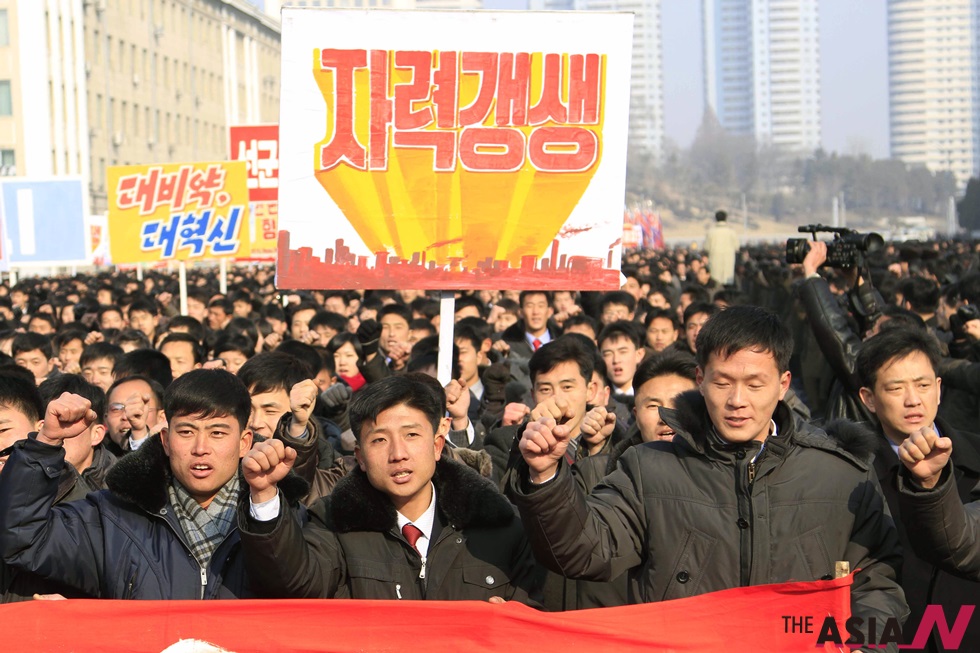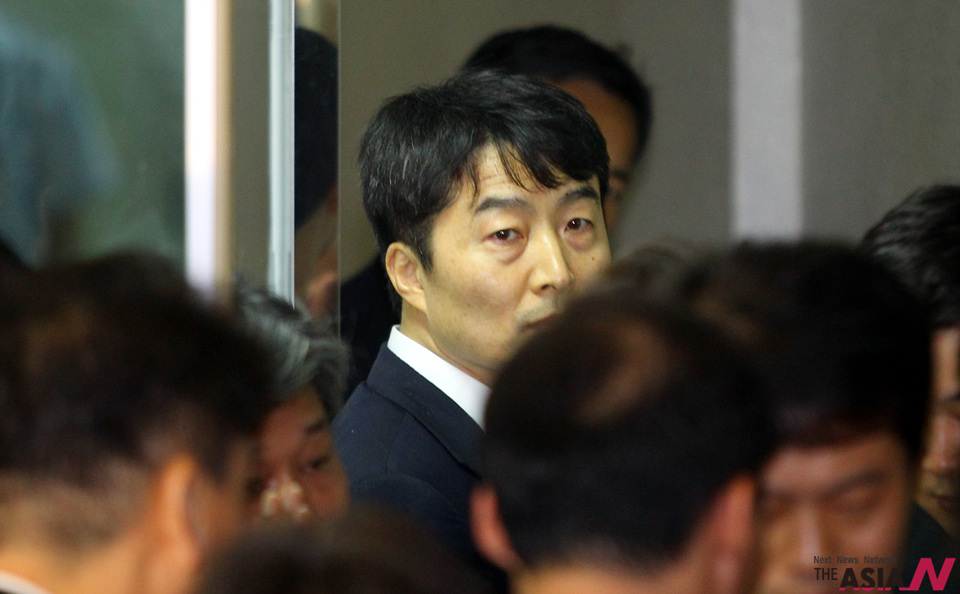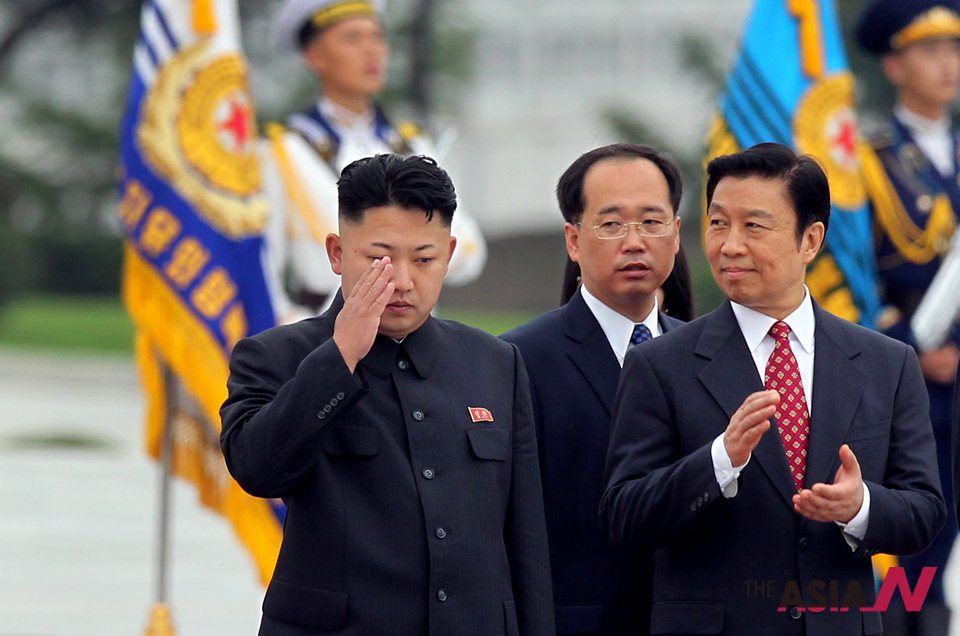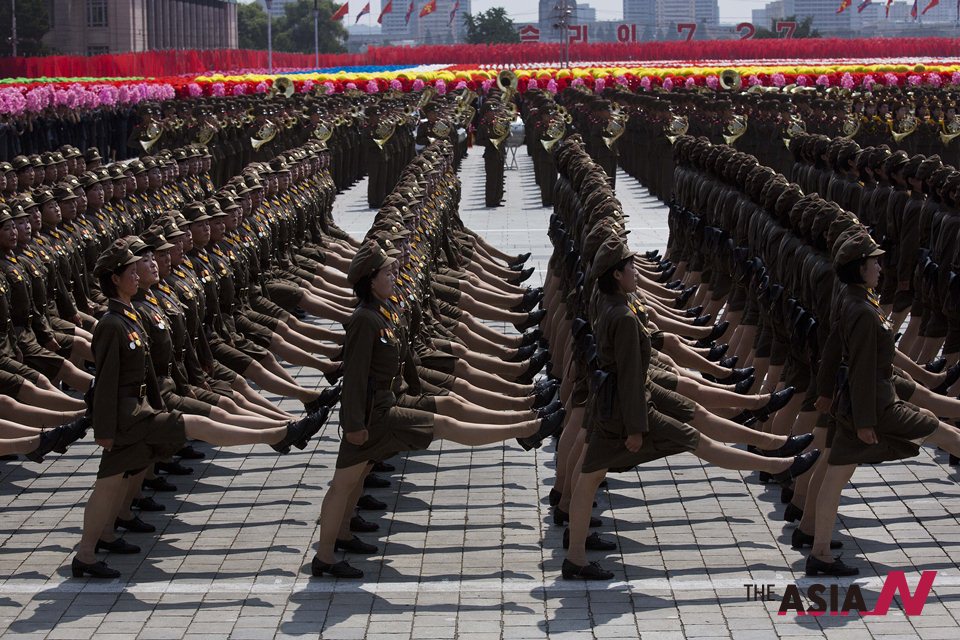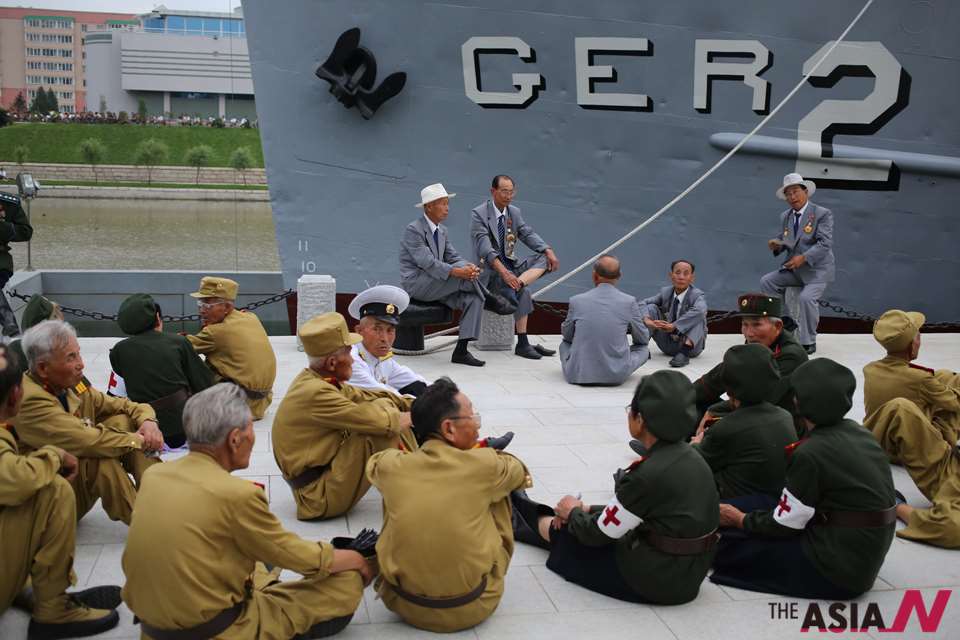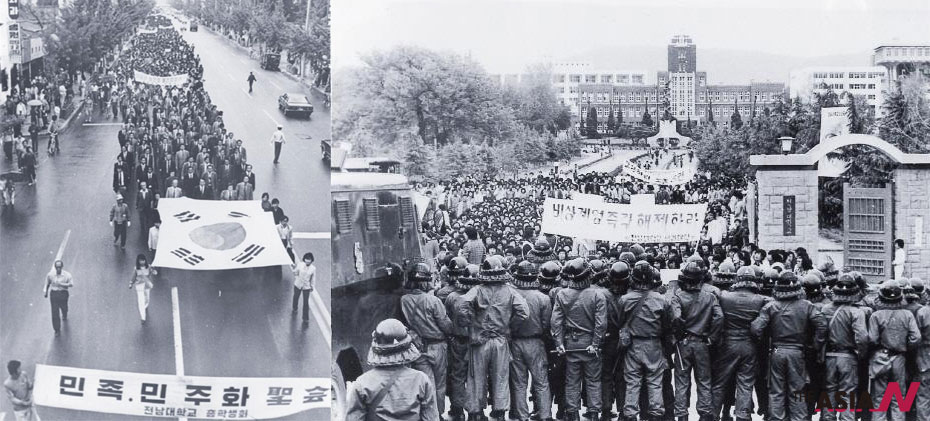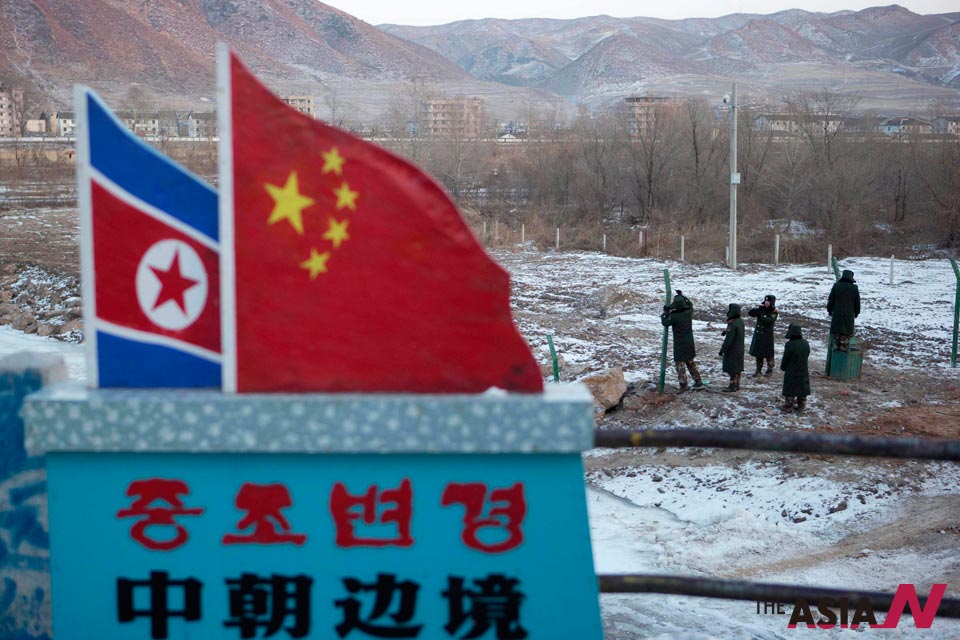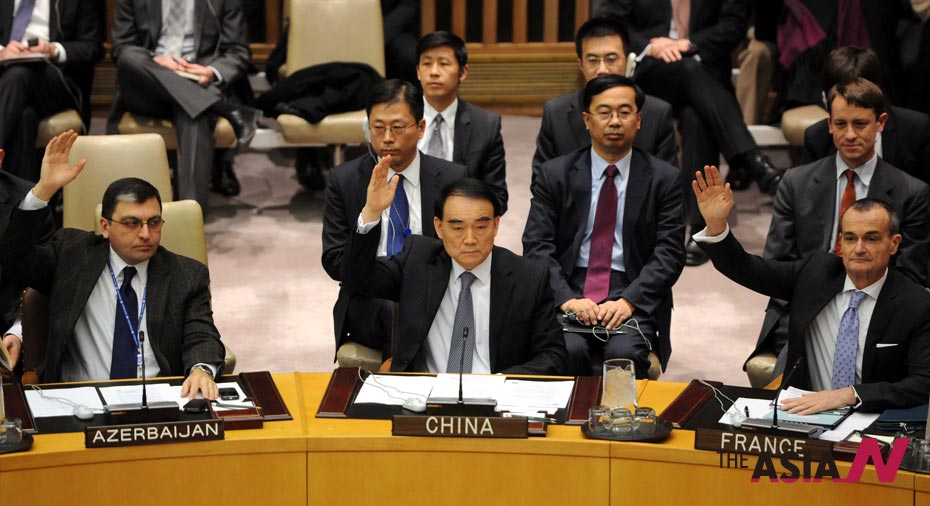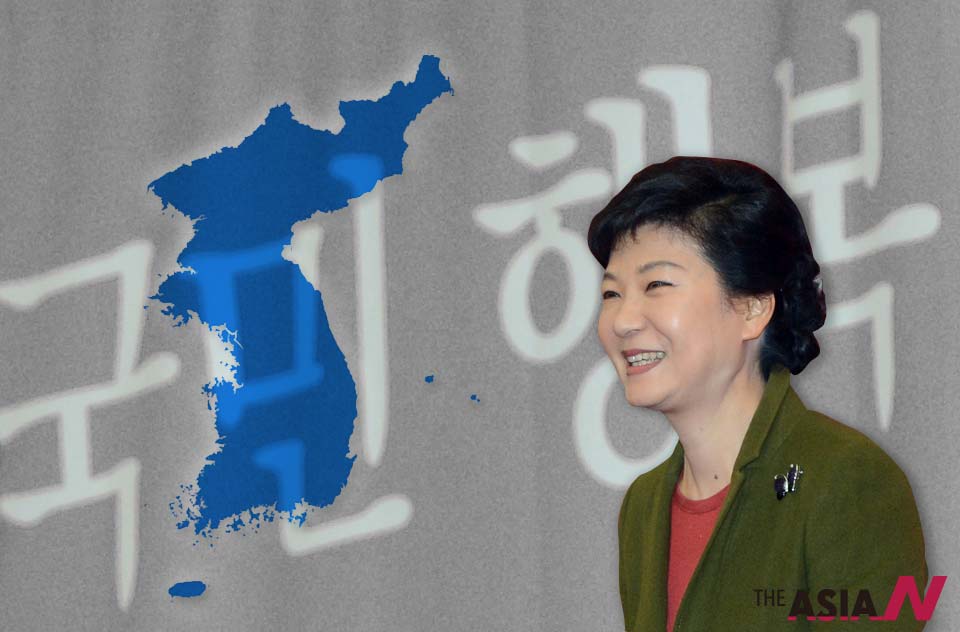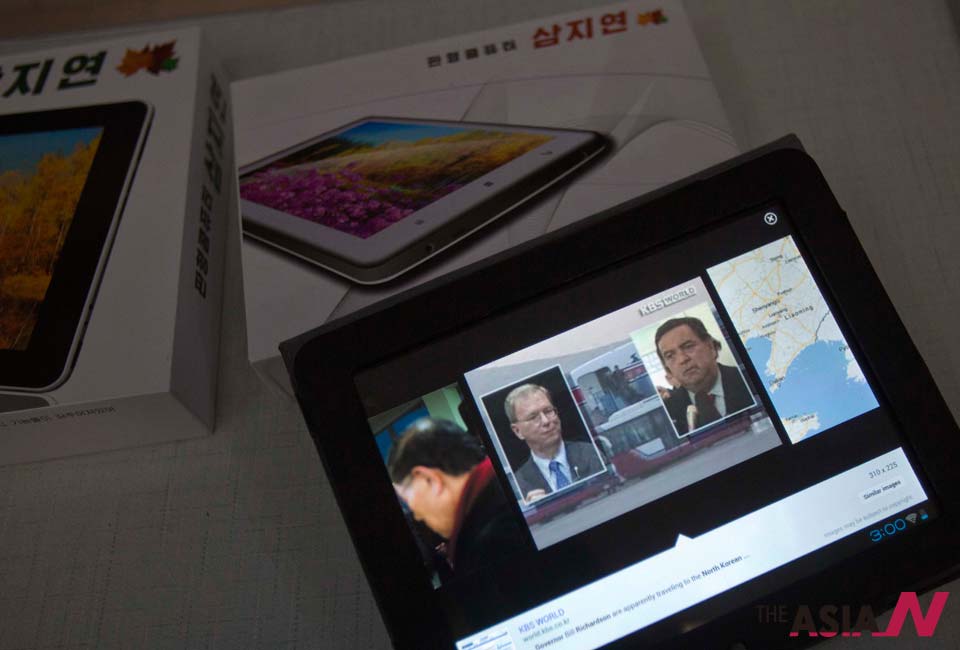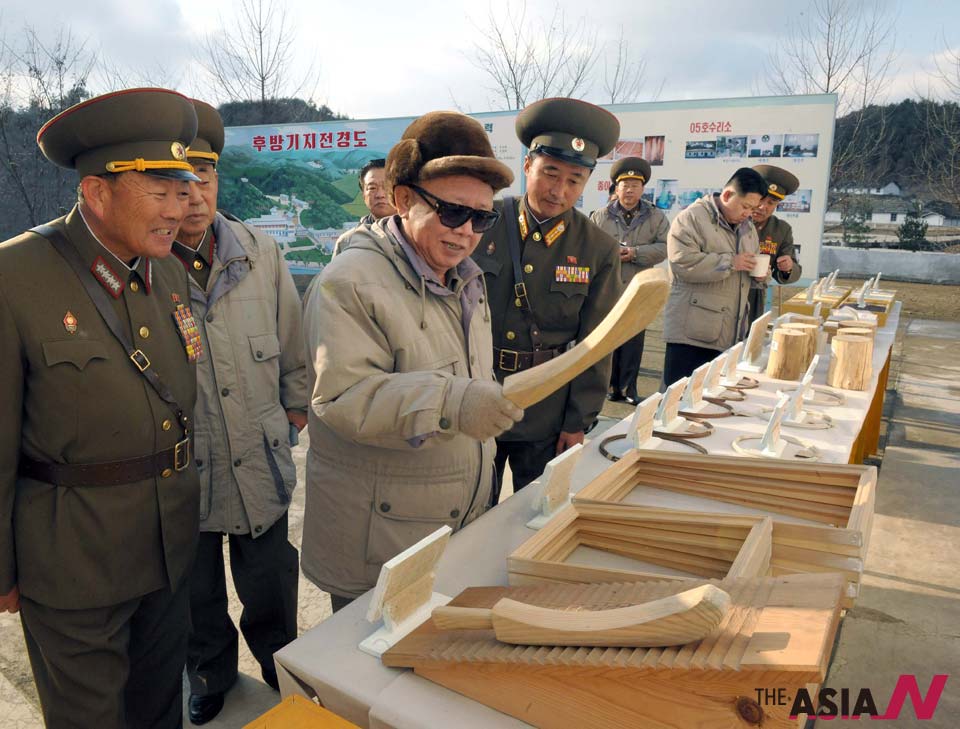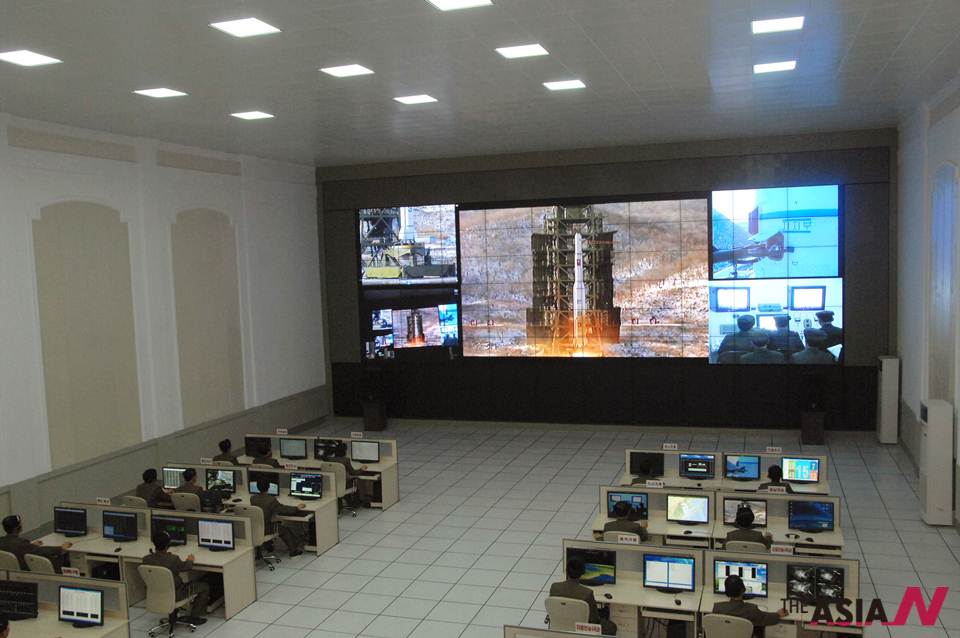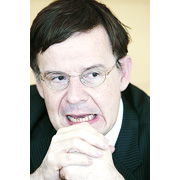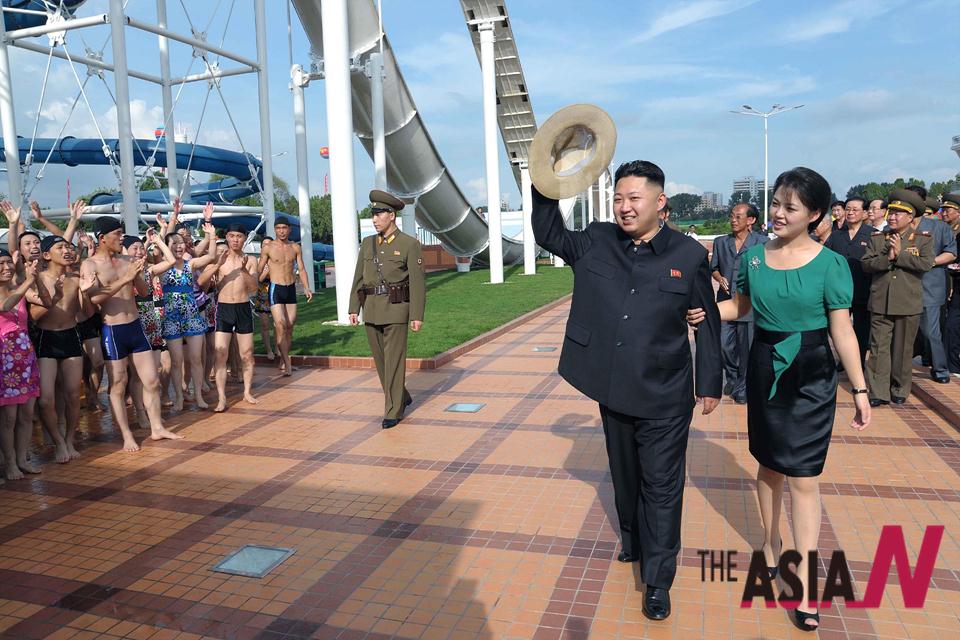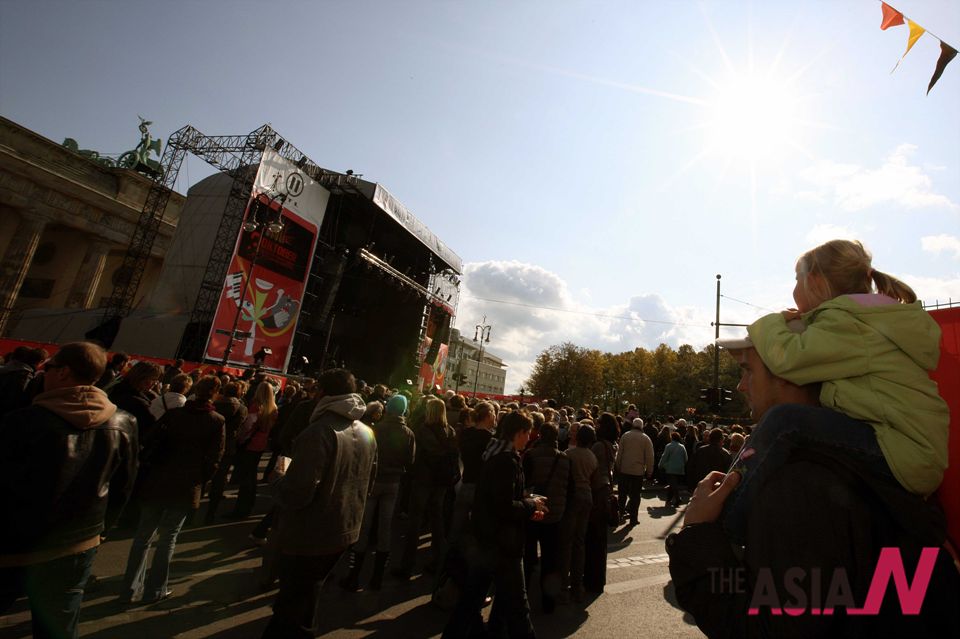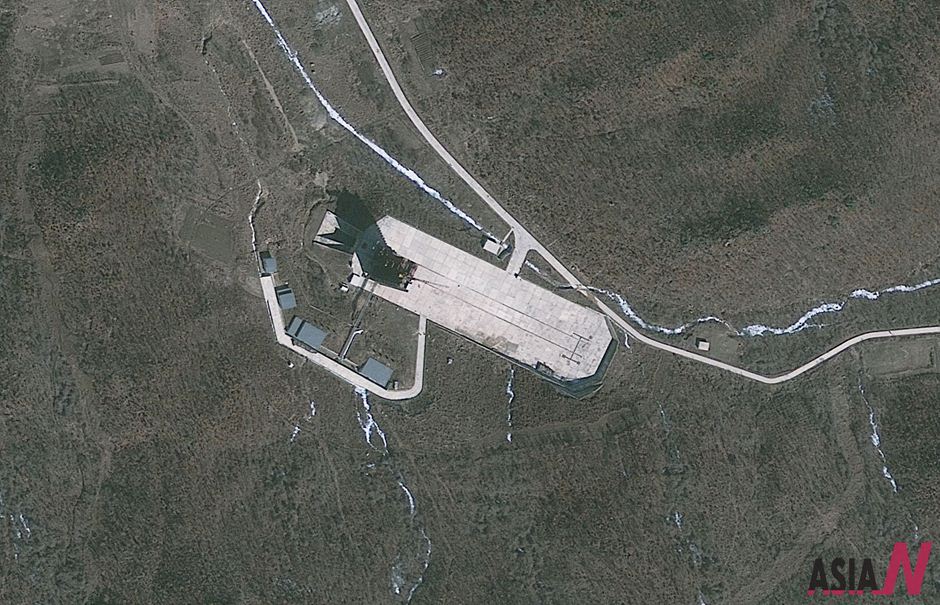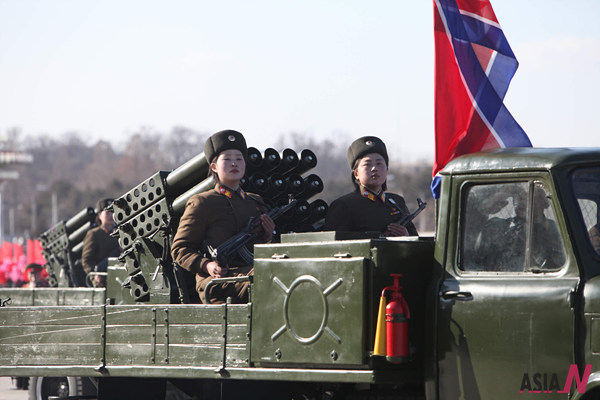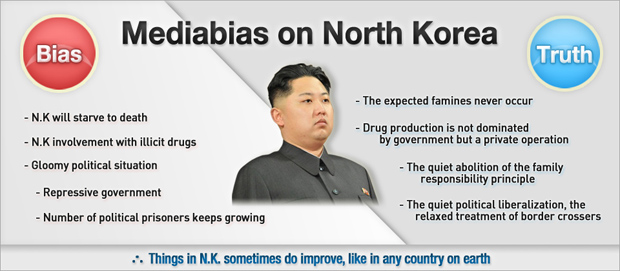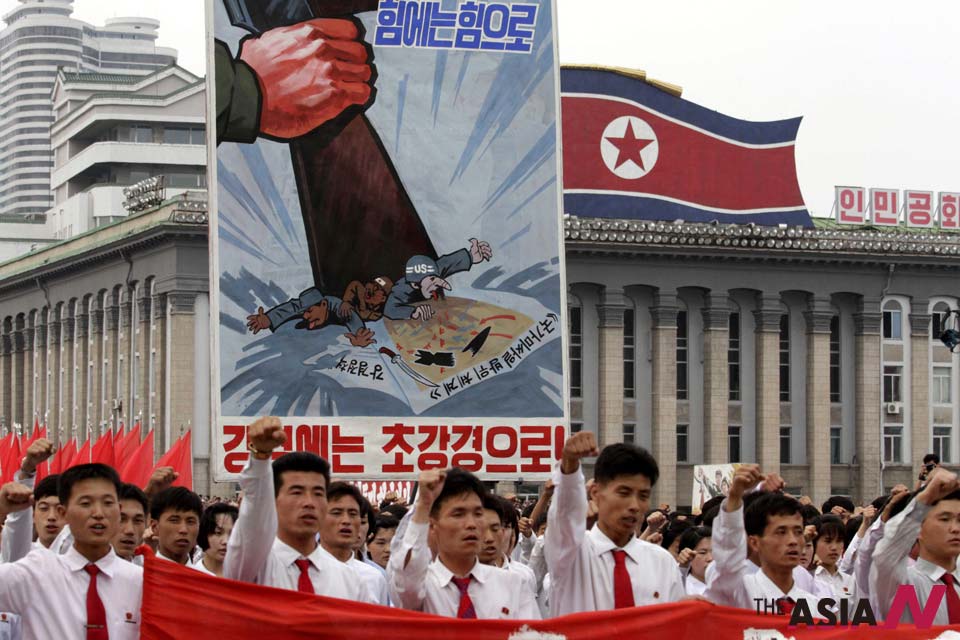
How social exchanges can help solve North Korea problem
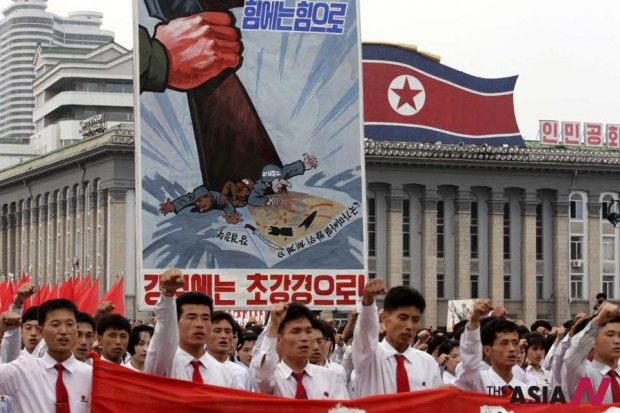
North Korea is not an ordinary country. It is a major problem for the international community that has been remarkably resistant to solutions over the last two decades.
Since the early 1990s, when the North Korean nuclear problem first emerged, the US and, more broadly, the international community has oscillated between “hard” and “soft” approaches to the issue; both have been equally unsuccessful.
Over the past 20 years, North Korean leaders have remained stubbornly unwilling to follow the path of Chinese-style reforms. At the same time, the regime in Pyongyang managed to survive the disastrous famine of 1996-99 without any serious challenge to the Kim family’s political supremacy. Meanwhile, the North Korean government succeeded in developing workable nuclear devices and successfully launched a satellite into space, thus demonstrating progress toward full ICBM capabilities. Neither sanctions nor aid have managed to halt North Korea’s advancement in the development of weapons systems, including nuclear weapons.
The failure of both hard and soft approaches is not surprising. North Korean leaders need the nuclear program both as a powerful deterrent (they do not want to suffer the fate of Saddam Hussein and Muammar Qaddafi) and a major diplomatic tool that enables them to extract aid from the outside world, thus partially compensating for the incurable inefficiencies of their economic system.
These inefficiencies could be easily fixed by Chinese-style reforms. However, there is an important reason why North Korean decision-makers have no desire to emulate China. There is a major, if frequently overlooked, difference between North Korea and China: North Korea is a divided country whose other half is vastly more successful economically and lives under a liberal democratic regime.
Chinese-style reforms, if undertaken, would necessarily expose North Korea’s people to graphic images of South Korea’s prosperity (the per capita income gap between the two Koreas has been variously estimated as being between 1:15 and 1:40). Another unavoidable consequence of these reforms would be political liberalization. It might be controlled and very moderate liberalization, as in the case of China itself, but it would still lead to a decrease in the level of domestic fear and could become dangerously destabilizing. The desire of the common North Korean to immediately reach South Korean levels of prosperity, coupled with a moderate relaxation of surveillance and control, could potentially lead to runaway expectations and irreparable damage to the regime’s legitimacy and power.
Such problems did not exist in China when Deng Xiaoping launched his “reform and opening” policy in the late 1970s. The Chinese are well aware that their per capita income, even now, is far behind that of the US or Japan. However, this does not undermine the regime, since the Chinese understand that Japan and the US are clearly different from China culturally, geographically and historically. Concurrently, it is plainly impossible that China would unite with Japan, become a Japanese prefecture or the 51st state of the US. North Korea’s situation is different: the threat of an East German-style scenario is ever present.
North Korean decision-makers understand this. Therefore, they believe that reform should be avoided. This leaves them saddled with a grossly inefficient economic system, dependent on unconditional foreign aid and also on the nuclear program that provides them with the necessary tools to extract such aid.
Learning how the other side lives
So, North Korean leaders have good reasons not to change their system and to continue with their nuclear brinksmanship. They are remarkably impervious to outside pressure. Hence, the only way to change North Korea is to bring pressure on its decision-makers from its own people. This can be done largely through a mechanism that was observed in Eastern Europe in the Cold War era.
At the end of the day, the collapse of state socialism in Eastern Europe was brought about by the ingrained inefficiency of the economies. But economic inefficiency could become a political issue only because the people in these communist countries became aware of the situation: they could compare their austere and regimented existence with life on the other side of the Iron Curtain. This was made possible by the spread of information about life in non-communist countries.
There were two major channels for such information to seep into the Eastern Bloc. First, a major role was played by operations to deliberately disseminate information (aka “psychological warfare”) that were directed and subsidized by Western governments. Radio broadcasts were especially influential. Second, a great deal of uncensored information got in through personal and cultural exchanges that were usually directly approved and endorsed by ruling regimes behind the Iron Curtain. While both channels were important, having been a Soviet teenager in the 1970s I believe that the second channel was more important and more efficient.
It was the era of improving relations between the Soviet Union and the outside world that brought about many opportunities for such officially approved, but not quite controllable, exchanges. The era of détente in the 1970s brought with it a dramatic increase in tourism, as well as cultural and academic exchanges. Starting from the early 1960s, a number of academics and students from Western countries were allowed to study in the Eastern Bloc, while carefully selected academics could also be sent the other way as well (though all were carefully screened by police and party authorities for political reliability).
One historic example shows the potential power of seemingly controlled and limited exchanges. In 1958, an academic exchange agreement was signed between the Soviet Union and the United States. In the US, diehard conservatives insisted that the agreement would merely provide the Soviets with another opportunity to send spies or educate propaganda mongers. And worse, the critics continued, American taxpayers would pay for these programs.
The first group of exchange students included exactly the people the conservatives feared. There were only four Soviet students selected by Moscow to enter Columbia University for one year of study. One of them, as we know now, was a rising KGB operative whose job was indeed to spy on the Americans. He was good at his job and eventually made a brilliant career in Soviet foreign intelligence. One of his fellow students was a young but promising veteran of the Second World War, which had ended not long before. After studies in the US, he moved to the Communist Party central bureaucracy, where within a decade he was the first deputy head of the propaganda department — in essence, a second in command among professional Soviet ideologues.
So the sceptics seemed to have been proved right — until the 1980s. That KGB operative, whose name was Oleg Kalugin, was to become the first KGB officer openly to challenge the organization from within. He was the first person to criticize the KGB’s role as a party watchdog, and initiated a campaign aimed at its transformation into a regular intelligence and counter-intelligence service.
His fellow student, Alexandr Yakovlev, the young party propagandist, in due time became a Central Committee secretary and the closest associate of Mikhail Gorbachev. He made a remarkable contribution to the collapse of the communist regime in Moscow (some people even insist that it was Yakovlev rather than Gorbachev himself who could be described as the real architect of perestroika).
Eventually, both men said it was their experiences in the US that changed the way they saw the world, even if they were prudent enough to keep their mouths shut and say what they were expected to say early in their careers.
Today’s North Korea and its future
If anything, the North Korean regime appears to be more vulnerable to such exchanges, and the expected impact of uncensored overseas information, than were the former communist regimes of Eastern Europe and the Soviet Union.
In North Korea’s case, the potential problems for the regime are aggravated by the fact that it faces South Korea, a society that speaks the same language and is considered to be part of the same nation. The spread of uncensored information from outside has created pressure for change and reform in all communist societies, but in North Korea, such pressure is likely to be particularly strong.
There is another reason why exchanges are important. When North Korea starts changing, irrespective of whether such change is revolutionary or evolutionary, it is bound to encounter a serious social and economic problem: the near complete absence of citizens with modern technical skills and reliable knowledge about the rest of the world.
Imagine for a moment that North Korea experiences a dramatic upheaval followed by unification with the South. If this were to happen, it would not take long for North Koreans to discover that in this new situation they would only be able to find unskilled or semi-skilled work. Nobody would employ a former North Korean engineer who may be very good at calculus but has rarely used a computer. With South Korean professionals ready to rebuild the North after unification, North Korean engineers, doctors and lawyers could find it very difficult to continue to practice their professions.
Therefore, assorted exchanges with North Korea would and should promote two interconnected but different goals. On the one hand, such exchanges would help to build up internal political pressure, which in due time would likely change the nature of the North Korean regime. On the other hand, such exchanges, if planned carefully enough, would prepare the North Korean people for a very different future and make them less vulnerable to the fallout from dramatic systemic change.
Some exchanges are better than others
It seems that academic exchanges are of special significance. These help to train not only future professionals, but also future intermediaries and educators, who will — perhaps unwittingly at first — spread information about the outside world and, at a second stage, become invaluable in spreading modern technical knowledge.
We should be realistic about these exchanges: the North Korean authorities will allow foreign trips only to candidates who are well connected and politically reliable. There is also little doubt that many, if not most, of these students will moonlight as informers for the North Korean intelligence services. In addition, some of them will be straightforward spies and/or ideological watchdogs. As the previous example of Soviet students in the 1950s at Columbia University demonstrates, however, spies and apparatchiks also have eyes and ears, and sometimes very sharp ones at that.
Support for education is important because it brings about the twin effects mentioned earlier: it exposes North Koreans to knowledge of the outside world, making them more skeptical of claims made by the regime; and it helps to train skilled engineers, scientists and technicians whose presence will be vital in reconstructing the country.
Educational outreach should not be limited to academic exchanges. It also makes a great deal of sense to provide North Korean universities with modern research and teaching equipment, as well as subscriptions to important academic journals (perhaps online subscriptions can be considered). Gifts of books to major North Korean libraries are also an important way to spread information.
In this regard, one should praise the ongoing project of the Pyongyang University of Science and Technology (PUST), which is sponsored by US-based Christian groups. PUST aims to become the first modern technology university in North Korea, a place where engineers and scientists will be trained.
Cultural exchanges should also be welcomed. It is a pity that the attempt in early 2012 to bring the Pyongyang Symphony Orchestra to the US ended in failure — largely due to the stubborn and counterproductive position of hard-line US officials who believed that such a trip would be seen as a “reward for the regime in Pyongyang” and hence should not be allowed.
However, Pyongyang’s Symphony Orchestra is a group of some 150 musicians who were selected based on their ability to play their musical instruments, not for their ability to memorize political speeches. The world of the official arts — if the Eastern European example is anything to go by — is a hotbed of free thinking and closet dissent. By virtue of their expert skills and connections, musicians are likely to be able to talk about their overseas experiences with relative impunity. There is little doubt therefore that a few months following such a trip, the entire Pyongyang elite would be buzzing with stories about the musicians’ encounters in the mysterious West — with tales of broad paved roads filled with modern cars, electricity available 24/7 and individual houses with double garages.
If the US continues to deny entry visas to North Korean citizens, it does not inflict damage on America’s enemy. Rather, it strengthens the North Korean regime, which is usually unwilling to let its people venture overseas.
When discussing exchanges, we must keep in mind that the US should not, nor can it be, the only destination for academic exchanges. North Korea’s decision-makers see the US as a hostile country, and are loath to send even the most reliable students to the den of the imperialist enemy.
In terms of the political and cultural impact, and in terms of educational efficacy, many other countries can be just as effective as destinations. Ideally, target countries should be developed Western democracies, preferably, but not necessarily, English speaking.
Australia, Canada, Great Britain and New Zealand are ideal candidates for receiving cultural and economic exchanges. Other European countries, such as Germany or Poland, might also play a significant role. The average North Korean decision-maker does not see these countries as inherently hostile. For example, Australia, despite its decades of sometimes mindless and slavish following of US foreign policy, tends to be seen in Pyongyang as a harmless country populated by eccentric natives and cute hopping animals.
In conclusion
I offer six points concerning engagement with North Korea:
• The only way to change North Korea is to promote change from within, and the best way to do that is to introduce uncensored information about the outside world.
• It is equally important to prepare North Koreans for the coming changes, and the spread of modern knowledge and education is vital.
• The best way to bring about such diffusion is by promoting personal contacts with foreigners (especially South Koreans), as well as by putting North Koreans in an environment where they can access information freely.
• The US government should actively support and encourage academic, cultural and interpersonal exchanges with North Korea. It is important to discard the widespread but fundamentally wrongheaded notion that such exchanges are a reward for the regime.
• The US and other interested states should use some government funds to promote such exchanges, but also to encourage individuals and private groups who are willing to sponsor such activities.
• Developed English-speaking countries with market economies, such as Canada and Australia, offer the best environment for such exchanges.



